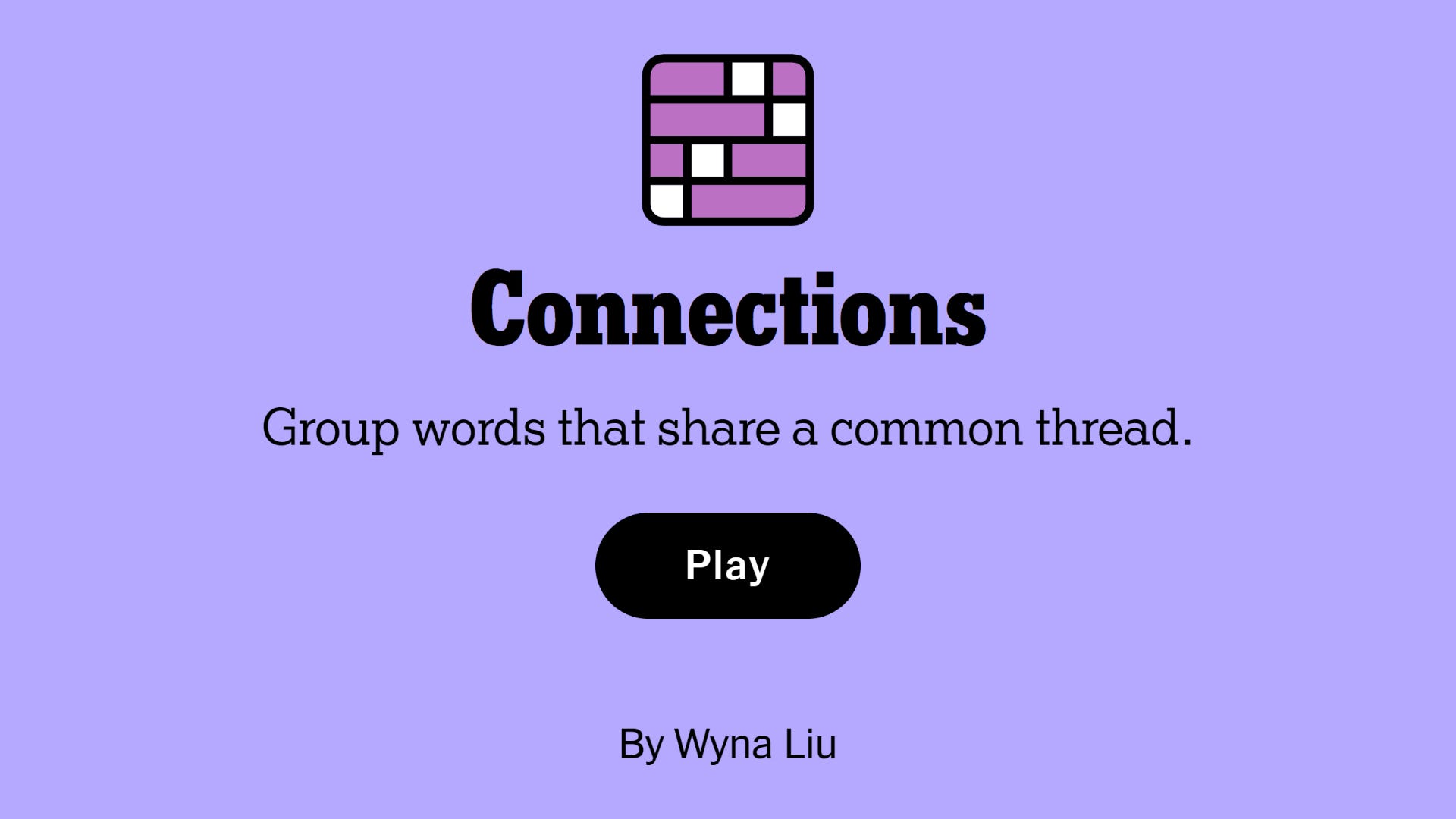Unraveling the Enigma: An In-Depth Examination of the NYT 'Connections' Mastermind Puzzle
The New York Times' "Connections" Mastermind puzzle has captivated puzzle enthusiasts worldwide, leaving many grappling with its enigmatic challenges. This article delves into the complexities of this puzzling phenomenon, critically analyzing its design, exploring various perspectives, and discussing the implications that it holds for puzzle-solving and cognitive abilities.
The "Connections" Mastermind puzzle presents a unique blend of logic and intuition, requiring players to decipher a hidden code through educated guesses and strategic deductions. The game consists of six rows of four colored circles, some of which are black (correct in both color and position), white (correct color but incorrect position), or empty (incorrect color and position). By making repeated guesses and receiving feedback on their accuracy, players must gradually deduce the correct combination of colors and their respective positions.
Unlike traditional Mastermind, the "Connections" version introduces an element of interconnectedness among the circles. In each row, only one black circle can appear, and it must be connected horizontally or vertically to at least one other colored circle. This additional rule layer significantly increases the challenge, as players must not only consider the individual colors but also their spatial relationships within the grid.
The "Connections" Mastermind puzzle has drawn praise for its multifaceted design that caters to diverse cognitive styles. Some players approach it as a logical game, systematically testing hypotheses and analyzing feedback to narrow down possibilities. Others employ a more intuitive approach, relying on pattern recognition and spatial reasoning to guide their guesses.
Research has shown that puzzle-solving activities can improve various cognitive abilities, including problem-solving skills, attention span, and memory. The "Connections" Mastermind puzzle, with its emphasis on both logical deduction and spatial awareness, offers a particularly potent brain workout.
Despite its popularity, the "Connections" Mastermind puzzle has also faced some criticism. Some players find it overly challenging, arguing that the interconnectedness rule introduces too much complexity and makes it difficult to deduce the correct solution within the allotted number of guesses. Others have expressed frustration with the lack of hints or guidance, which can lead to extended periods of trial and error.
In response to these criticisms, variations of the "Connections" Mastermind puzzle have emerged, offering different levels of difficulty and support. Some variants provide hints or allow for additional guesses, while others reduce the number of colors or the size of the grid. These variations cater to a broader range of players, making the puzzle more accessible for those who find the original version too daunting.
The New York Times' "Connections" Mastermind puzzle has undoubtedly earned its place as one of the most captivating and challenging puzzles of its kind. Its intricate design, unpredictable gameplay, and cognitive benefits make it an engaging experience for puzzle enthusiasts of all skill levels. While its complexity may pose a barrier for some, its multifaceted nature also allows players to approach it from different perspectives and hone their logical and spatial reasoning abilities.
The popularity and ongoing evolution of the "Connections" Mastermind puzzle reflect the enduring appeal of puzzle-solving as a form of entertainment, education, and cognitive stimulation. As the world of puzzles continues to innovate, we can anticipate even more captivating and mind-bending challenges that push the boundaries of human ingenuity.
Read also:
Justin Trudeau's Surprising Decision: Canada's Prime Minister Steps Down
Are Joel Embiid And Paul George Playing Against The Pacers? Full Injury Report
Lil Durk Tied To Chicago Murder Before California Hearing

